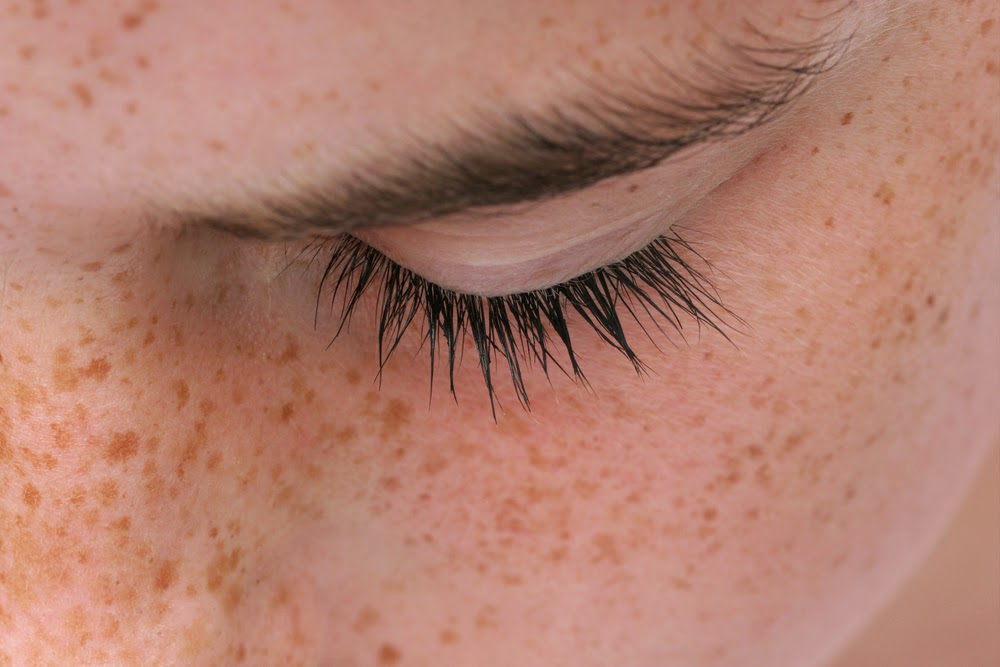
Market Overview:
The global Pigmentation Disorders Treatment Market is estimated to be valued at US$9.68 billion in 2021. With a compound annual growth rate (CAGR) of 6.9% during the forecast period 2023-2030, the market is poised for steady growth. Pigmentation disorders refer to conditions that affect the coloration of the skin, such as melasma, vitiligo, and post-inflammatory hyperpigmentation. The market for pigmentation disorders treatments is driven by the increasing prevalence of these disorders, the demand for innovative and advanced treatments, and the growing awareness about personal aesthetics among consumers.
Market Key Trends:
One key trend in the pigmentation disorders treatment market is the rising preference for non-invasive and minimally invasive procedures. Patients are increasingly opting for treatments that do not require surgery or extensive downtime. For instance, laser therapy, chemical peels, and topical creams are gaining popularity due to their effectiveness and convenience. These treatments offer quicker recovery times, reduced risks, and improved patient satisfaction, leading to their growing adoption in the market.
Moreover, the integration of advanced technologies in pigmentation disorders treatments is another significant trend. Innovative techniques like laser skin resurfacing, radiofrequency therapy, and intense pulsed light therapy enable targeted and precise treatment of pigmentation disorders. These technologies offer better results, minimal side effects, and enhanced patient comfort, driving their acceptance among both patients and healthcare professionals.
An example of this trend is the growing adoption of picosecond lasers for pigmentation disorders treatment. These lasers deliver ultra-short pulses of energy, breaking down the pigmented cells more effectively than traditional lasers. This technology allows for faster results and fewer sessions, thereby improving patient outcomes and reducing treatment costs.
Porter's Analysis:
- Threat of New Entrants: The Pigmentation Disorders Treatment Market Growth presents high barriers to entry due to the need for extensive research and development, stringent regulatory requirements, and the presence of established market players. This limits the threat of new entrants.
- Bargaining Power of Buyers: As the demand for pigmentation disorders treatments increases, buyers gain greater bargaining power in terms of pricing, product quality, and service offerings. However, the specialized nature of these treatments and the importance of the provider's expertise limits the buyer's bargaining power to some extent.
- Bargaining Power of Suppliers: The suppliers of technologies and ingredients in the pigmentation disorders treatment market hold a moderate bargaining power. The market players are constantly seeking advanced technologies and high-quality ingredients to enhance treatment efficacy, which gives suppliers some leverage.
- Threat of New Substitutes: The threat of new substitutes in the market is relatively low, as pigmentation disorders treatments require specialized knowledge and expertise. While alternative treatments and products may exist, they often lack comparable efficacy and safety.
- Competitive Rivalry: The pigmentation disorders treatment market is highly competitive, with a few key players dominating the industry. Market players are focusing on strategic collaborations, product innovation, and geographic expansions to gain a competitive edge.
Key Takeaways:
- The global pigmentation disorders treatment market is expected to witness high growth, with a CAGR of 6.9% over the forecast period. This growth can be attributed to factors such as the increasing prevalence of pigmentation disorders, the demand for advanced treatment options, and the rising awareness about personal aesthetics.
- Regional Analysis: North America is expected to dominate the pigmentation disorders treatment market due to the high adoption rate of advanced technologies, rising healthcare expenditure, and a growing aging population. Asia Pacific is projected to be the fastest-growing region, driven by increasing disposable income, growing medical tourism, and rising awareness about aesthetic treatments.
- Key Players: The key players operating in the global pigmentation disorders treatment market include AbbVie Inc. (Allergan Inc.), Episciences Inc., L'Oréal SA (SkinCeuticals International), and Pfizer Inc. These market players are actively involved in product launches, collaborations, acquisitions, and partnerships to strengthen their market presence and expand their product portfolio.
In conclusion, the pigmentation disorders treatment market is set to witness significant growth in the coming years. The market is characterized by trends such as the preference for non-invasive procedures and the integration of advanced technologies. With a focus on innovation, strategic partnerships, and geographical expansion, key players aim to capitalize on the growing demand for effective and personalized pigmentation disorders treatments worldwide.























